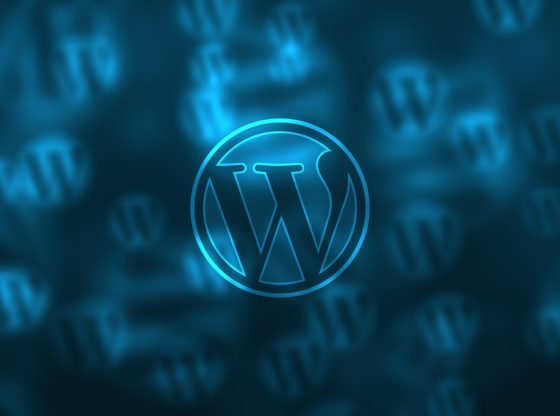Change is the only constant thing in the dynamic world of design trends. This is why redesigning is important every couple of years for retaining the mass appeal of your website.
However, it can get pretty challenging to redesign content-heavy websites. The main reason behind this is their outdated setup which might not blend in with the modern-day dynamics.
WordPress provides easy means of switching to a new theme without significantly affecting the website’s content. It is important to have a proper plan in place to make the whole process a lot smoother.
Today, we are going to discuss the best means of remodelling a large WordPress website to minimise downtime and ensure success beforehand.
Cloning Your Old Website
Prior to proceeding with the redesign drive, it is advisable to take adequate precautions for the worst that could happen. The first step is to take back up both your WordPress database and your files. You can establish connectivity with your website via FTP for downloading your desired files on the local computer.
Analysing The Content Structure
It is necessary to gain a clear understanding of the content structure once again in spite of being its original developer. For this, you need to take a look at its navigation menus, parent and child pages, custom post types and taxonomies like tags and categories.
After gaining a thorough knowledge of the structure of its post, it will become easier to determine whether any changes are required at all. You can clearly understand all custom functionality that might or might not require replication on the newly designed version by looking at the following:
- Are any custom scripts or codes being loaded inside the functions.php file?
- Customized page templates using the template hierarchy of WordPress.
WordPress is the best CMS as it can be assembled in a plethora of ways. This is why it is necessary to understand in detail every single code that is triggering a specific function.
Every single custom code belonging to the existing theme might not be necessary roll-forwarded. But it always pays to have a clear knowledge of your requirements from the start rather than checking it after the site has been launched.
Cleansing Your Website
Re-designing can serve as the ideal time to delete spam comments, fix broken links and clear out outdated themes as well as plugins. A potential weak point of your website lies in the plugins used. Thus, you need to use it minimally and update it whenever newer versions are available.
Testing The New Theme
You need to conduct a bit of pilot testing before switching to a new theme. For this, you can seek out the assistance of test sites that can check your widgets and plugins without making your entire website vulnerable to a crash.
You can verify the proper functioning of your newly designed site by opening it from a mobile device. Apart from testing it in different browsers, you can also ask your target audience for objective feedback. For this, you might be required to grant admin access to some trustworthy people.
WordPress can either be locally installed on your computer or a sub-folder of your normal hosting account’s domain. With the second option, you need to be careful about discouraging search engines from paying a visit to your website.
WP Maintenance Mode plugin can help in such a scenario as it bars user who has not logged in from completely viewing your website.
Both your live and test websites need to be similar to each other. Installing a theme for the very first time on WordPress will go smoothly. But things might not be the same while installing it on your pre-designed site.
There exists a high chance of getting into conflict with other plugins. You will now be required to import the database saved previously for uploading all relevant files.
All the plugins installed need to be checked prior to activating the new theme. The image sizes used by your newly designed site might vary drastically from your previous site. In such a case, you can seek out the help of the Regenerate Thumbnails plugin for rebuilding the same.
Activation Drill
If everything works out smoothly, then it is time to activate the new theme on your live site. All the changes made on the test site must be imported before going through the dynamics of your live version. You can block access to your site on a temporary basis for making more extensive edits.
Herein you can use the WordPress Maintenance Mode plugin for informing your users about backend work which is been carried out. It also helps to activate a countdown clock so that your users can easily gauge when the maintenance work over. This plugin should be deactivated after you are done with all editing and testing work.
Spreading The Word Around
After redesigning your website, it is time to educate your readers about the same via a screenshot. This becomes especially necessary for informing users opting for RSS reader as they won’t get to see the revamped design unless specifically informed about the same.
Browser caches might bring upon loading problems to your website. In such a case, you can instruct your users to clear their cache or refresh the page for solving their problem.
Conclusion
When it comes to redesigning your WordPress site, there is no one-size-fits-all approach. You can be lucky enough to stumble across a plugin that can get it all done for you or you might have to follow a much more bespoke approach. Just be attentive about the small details and don’t think twice before asking for the help of your expert peers.

